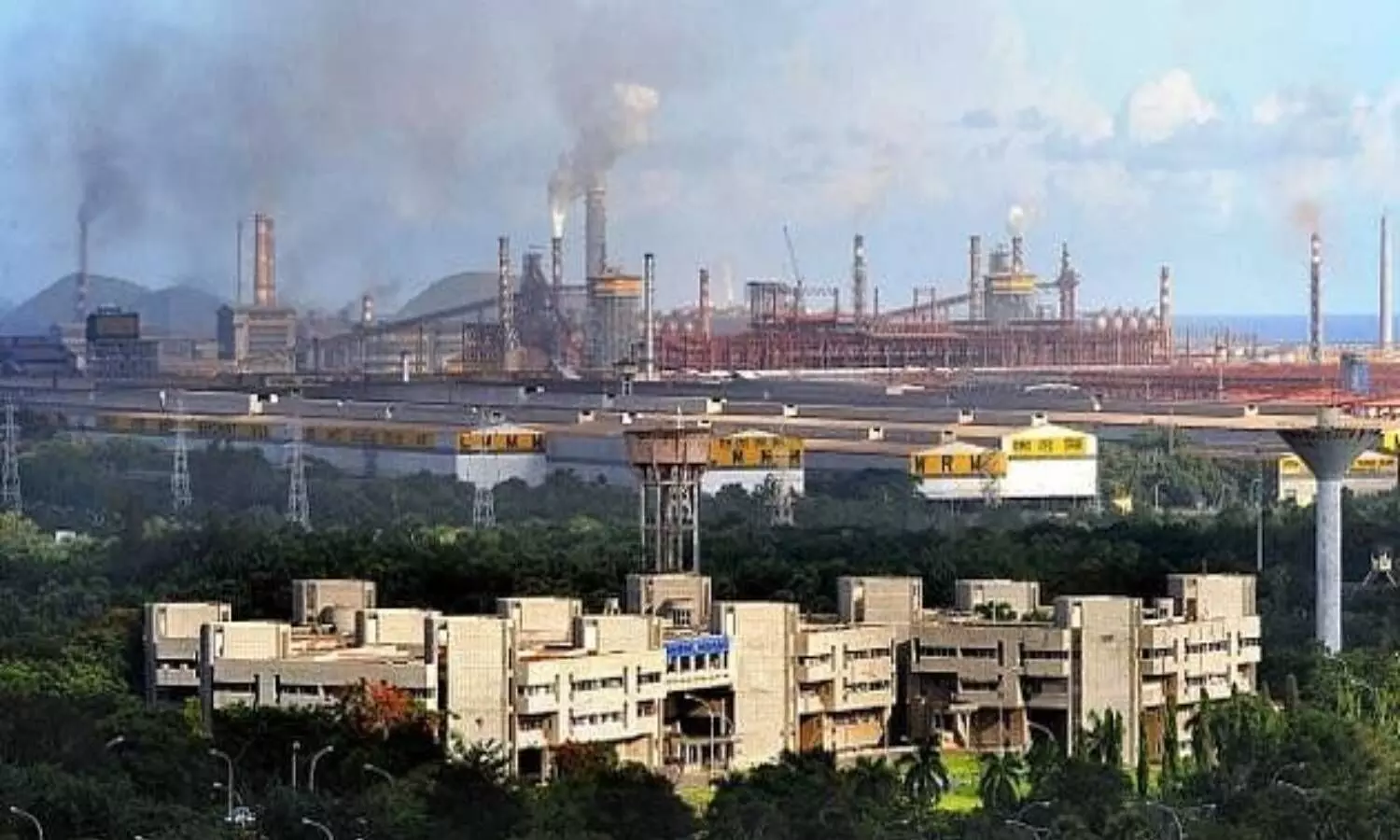Visakhapatnam: Former Joint Director (JD) of CBI VV Lakshminarayana has filed a Public Interest Litigation (PIL) in the AP High Court praying for declaring Centre's decision to privatize Visakhapatnam Steel Plant (VSP) as unconstitutional.
In 109-page PIL, the petitioner has given the reasons why the privatization should be stalled and suggested alternative measures. He argued that the privatization decision is against Article 12, 14, 19, and 21 of the Constitution of India.
Citing the decision of the Cabinet Committee on Economic Affairs (CCEA) on January 27 to privatize Rashtriya Ispat Nigam Ltd. (RINL), he sought a direction to the Centre to take alternative measures for the revival of RINL and protect the steel plant.
He urged the court to call for the records with regard to the feasibilities and proposals for allotting captive mining leases of iron ore to the steel plant which would be a great strength bringing down the cost of manufacturing steel by RINL by 50 percent and enable it to continue to run profitably.
He made the Andhra Pradesh government, RINL, and the District Collector of Visakhapatnam as respondents to the case. He has chronicled the history of the steel plant in the PIL.
RINL has paid taxes to the tune of Rs. 43,700 crore to the state and central governments. It can be emphatically said that the plant will again become a profitable venture given some support from the Government instead of taking the disinvestment route by some turnaround measures such as allotting captive iron ore mines to bring down the input costs, swapping high-cost debt with low-cost debt, and converting debt into equity through equity conversion.
